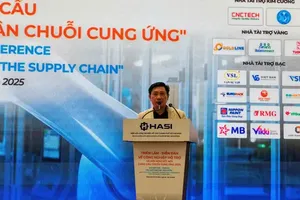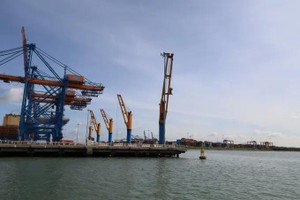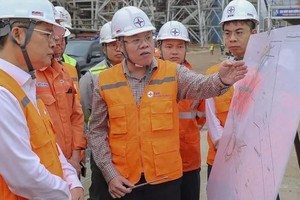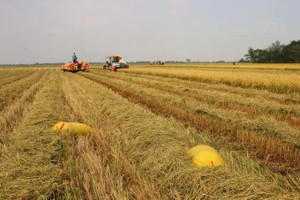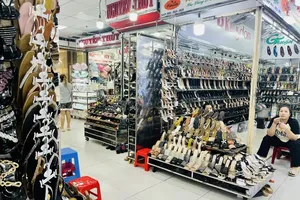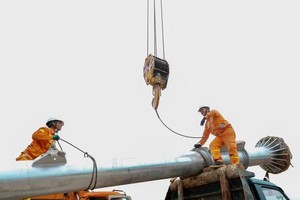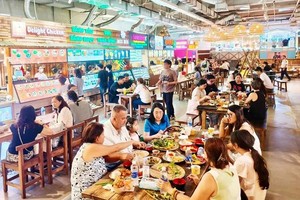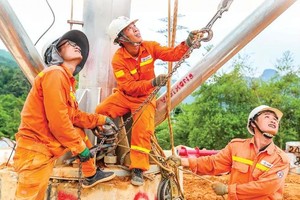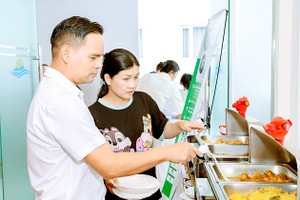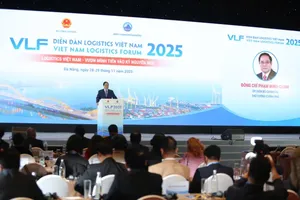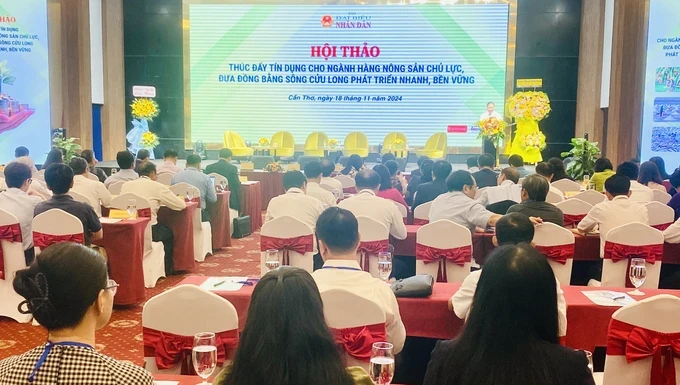
The event was attended by Chairman of the People's Committee of Can Tho City Tran Viet Truong, leaders of Mekong Delta provinces and cities and representatives of banks and numerous economic experts.
At the seminar, the delegates assessed that the Mekong Delta has many potentials and advantages for agriculture development in addition to the largest producer and exporter of seafood, rice and fruits of the country.
Credit institutions have always paid attentions to credit investment for agricultural and rural development, especially the credit flow from the banking sector into the strengths and key sectors of the Mekong Delta.
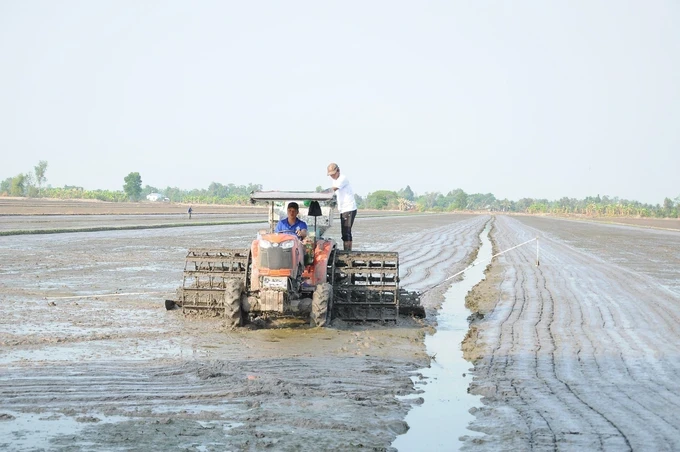
Apart from the potentiality of the country’s agricultural production center, the Mekong Delta also shows strengths for industrial development such as processing industries for agricultural, aquatic and seafood products, investment in high-tech farming and cultivation and preservation of agricultural, aquatic and seafood products.
However, Chairman of the People's Committee of Can Tho City Tran Viet Truong said that accessing credit sources to develop key agricultural products in the Mekong Delta is currently facing many difficulties such as natural disaster risks, climate change in adiition to small-scale production and a lack of close linkage making the application of technology and management difficult.
These risks are making credit institutions hesitate to perform lending as the agricultural sector is heavily dependent on weather and nature.
At the seminar, the delegates focused on discussing the current situation and solutions for agricultural and rural capital sources; accessing credit for key agricultural products in the Mekong Delta from the business perspective, solutions to expand credit for key agricultural products in the region and so on.
According to economic expert Dr. Tran Du Lich, to promote the Mekong Delta's agricultural sector to develop faster and more sustainably, credit capital sources should be focused on investing in agricultural processing zones and clusters, forming agricultural raw material areas, and gradually completing the logistics system as the fundamental steps.



